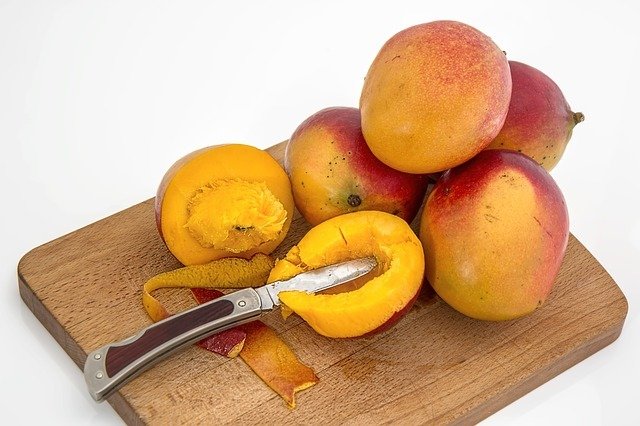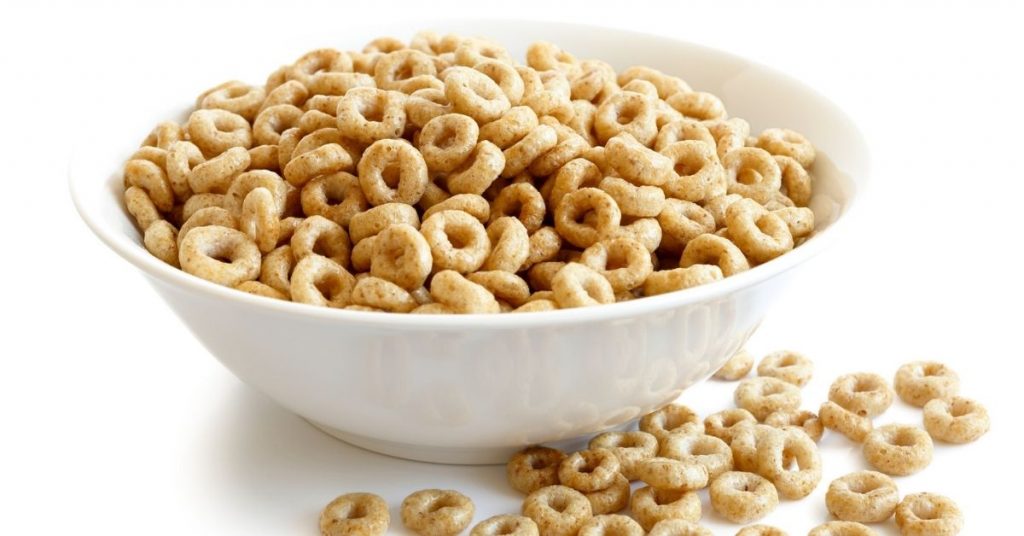

Did you know that eating bones can potentially kill your dog?
Yes, dogs do love to chew bones.
You see it in cartoons when growing up, and you see your dog going to town with that bone in real life.
But, bones can seriously injure your doggy according to the FDA.
However, some bones are safe.
In this post, I’ll go through the whole dog vs. bone situation and answer the question, “Can a dog eat a Hambone?” in detail.

So, let’s just begin!
Dogs vs. Bones: Why Are Bones Unsafe for My Dog?
Dogs like chewing bones but, that doesn’t mean they’re good for them.
Whenever you’re giving your furry friend a bone, there are a lot of things that can go wrong—you may even need to take your furry friend to the vet, or he might need an emergency surgery!
Cooked bones are bad for your doggy.
A Few Dangers of Cooked Bones
Cooking makes the bones brittle, and increase the likelihood of splintering and causing internal injuries.

Cooking also reduces the nutrition in some bones.
Following are some risks associated with giving your doggy some bones:
Broken teeth: Bones are harder than the dog’s teeth and may result in chipped or broken teeth
Mouth injuries: Bones can splinter and cause mouth and gum injuries that may bleed and require medical attention.
The bone might get looped around the dog’s jaw: This may be painful for your dog. You may have to take him to the vet as well.
The bone may get stuck in the esophagus: Smaller bones can get stuck in your dog’s food pipe. Your doggy may try to bring it back up but, may fail. You’ll have to take your furry friend to the vet.

The bone may get stuck in the windpipe: A small piece of bone can get stuck in your dog’s windpipe making it difficult for him to breathe. This may require surgery and immediate veterinary help.
The bone may get stuck in the stomach: Bones may be small enough to swallow but, that doesn’t mean that they won’t cause any harm to your dog’s system. Bones can get stuck in the stomach and need surgery. They may even cause internal bleeding.
The bone may get stuck in the intestines and may even cause a blockage: This is a serious situation that might need surgery.
Constipation can occur: Bones are hard and sometimes sharp. This may cause your dog to be constipated. Bones may be sharp and scrape the intestines and cause internal bleeding.

The rectum may bleed: Sharp bones can be hard to pass and can cause rectal bleeding which is painful.
Peritonitis: Bone fragments poke tiny holes in your dog’s stomach and intestines. The may develop this hard to treat bacterial infection because of it.
Can a Dog Eat a Ham Bone?
You should never give cooked bones to your dog as they are brittle.
Raw Ham bones, on the other hand, can be given to your dog.

But, you must monitor your dog to make sure that he doesn’t ingest splinters. As soon as the bone starts to splinter, you must take it away.
Final Words: Can a Dog Eat a Ham Bone?
Dogs do like to eat bones.
However, them liking it doesn’t really mean that bones are necessarily safe for your dog to consume.
From broken teeth to a bleeding rectum, a lot can go wrong if you let your dog go to town on that bone.

Dogs can eat raw bones under supervision so, a raw Ham bone is safe.
However, you should never give your dog cooked Ham bones as they are brittle and can break easily—they might wreak havoc on your dog’s system.





